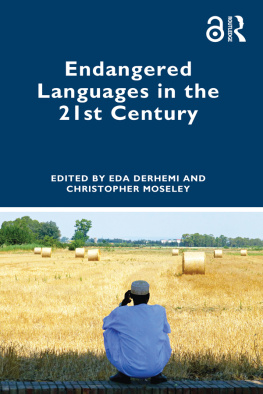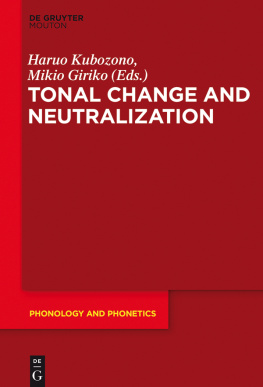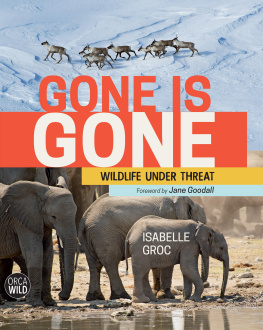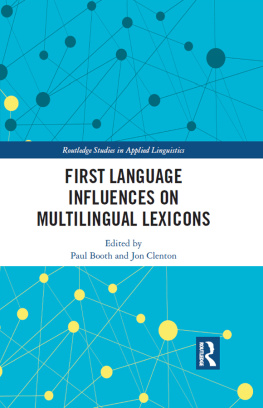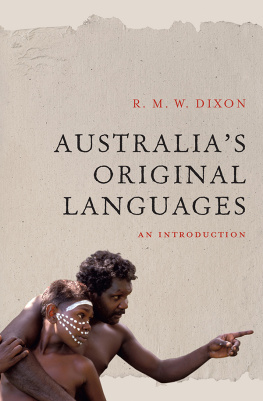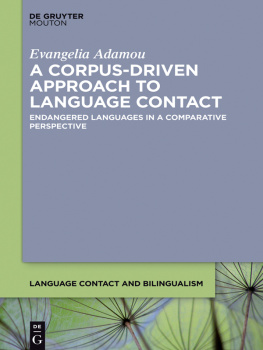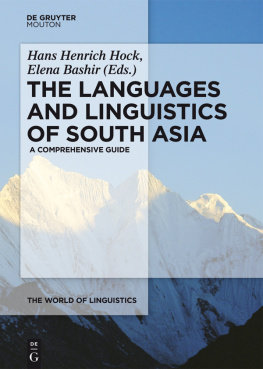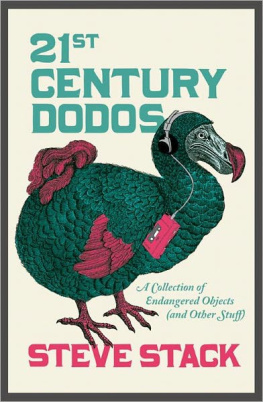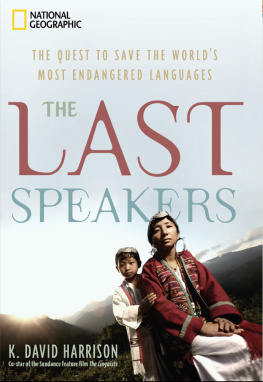Bookmarks
Pagelist
Guide
SELECTED BIBLIOGRAPHY OF THE WORKS OF NICHOLAS OSTLER TO WHOM THE ARTICLES IN THISVOLUME ARE DEDICATED
- 1978: Autosegmental Theory and Japanese Tone Spread. In M. J. Stein, ed., Proc. (Proceedings of) North-Eastern Linguistic Society VIII. Massachusetts: University of Massachusetts in Amherst, pp. 141153.
- 1979a: Case Linking: A Theory of Case and Verb Diathesis, Applied to Classical Sanskrit. Ph.D. dissertation, MIT, 434pp. re-issued in June 1992 in MIT WP in Linguistics.
- 1979b: The Adventures of Toshikage (translation from classical Japanese novel Utsubo Monogatari I, ch. 13). In Stone Lion Review #3. Cambridge, Massachusetts: Harvard Yenching Inst., pp. 5259.
- 1980: Origins, Orientations and Endpoints: Evidence for a Finer Analysis of Thematic Relations. In Studies in English Linguistics #8. Tokyo: Asahi Press, pp. 1023.
- 1992a: (with B.T.S. Atkins) Predictable Meaning Shift: Some Linguistic Properties of Lexical Implication Rules. In J. Pustejovsky and Sabine Bergler, eds., Lexical Semantics & Commonsense Reasoning, Proc. SIGLEX Workshop, Association for Computational Linguistics 1991.
- 1992b: (with B.T.S. Atkins and J. Clear) Corpus Design Criteria. Journal of Literary & Linguistic Computing 7.1, pp. 116.
- 1994: Syntactic Typology of Muisca A Sketch. In Peter Cole, G. Hermon, and M. D. Martin, eds., Language in the Andes. Newark Delaware. University of Delaware Press.
- 1995: Fray Bernardo de Lugo: Two Sonnets in Muisca. In Duna Troiani, ed., La dcouverte des langues et des critures dAmrique. Amerindia 1920, Paris.
- 2000: Development of Transitivity in the Chibchan Languages of Colombia. In John Charles Smith and Delia Bentley, eds., Historical Linguistics 1995: 12th International Conf. Historical Linguistics, Vol. 1, General Issues and Non-Germanic Languages. Amsterdam and Philadelphia: John Benjamins, pp. 279293.
- 2003: Linguistic Aspects. In Kemal Oflazer, ed., Language Engineering for Lesser Studied Langs, NATO Science Series 976209, pp. 120.
- 2004: The Social Roots of Missionary Linguistics. In Even Hovdhaugen and Otto Zwartjes, eds., Proc. First International Conference on Missionary Linguistics. Amsterdam: John Benjamins, pp. 3346.
- 2005: Empires of the Word: A Language History of the World. 615 pp. London and New York: HarperCollins.
- 2007: Ad Infinitum: A Biography of Latin. 382 pp. London: HarperCollins and New York: Walker Books, November.
- 2008: Corpora of Less Studied Languages. Ch. 23 in Anke Ldeling, Merja Kyt, and Tony McEnery, eds., Corpus Linguistics. Berlin: Walter de Gruyter, pp. 457483.
- 2009: The Pedigree of Nations: Endangered Languages Value to History. In Endangered Languages and History. Proc. FEL XIII, Khorog. Bath: Foundation for Endangered Languages, pp. 1120.
- 2010: The Last Lingua Franca: English Until the Return of Babel. 330 pp. London: Penguin and New York: Bloomsbury.
- 2011: Language Maintenance, Shift and Endangerment. Ch. 18 in Raj Mesthrie and Walt Wolfram, eds., Cambridge Handbook of Sociolinguistics. Cambridge: Cambridge University Press, pp. 315334.
- 2013: with Facundo Saravia, The Chibcha Language: From Discovery to Recovery. FEL Newsletter Ogmios, # 51, 31 August. Bath: Foundation for Endangered Languages, pp. 48.
- 2016a: Passwords to Paradise: How Languages Reinvented World Religions. 351 pp. New York: Bloomsbury.
- 2016b: Desarrollo del sistema verbal desde muysca hasta uwa: participios y partculas. In Muysca: memoria y presencia. Bogot: Universidad Nacional de Colombia, pp. 329364.
- 2017: Empire, Lingua Franca, Vernacular: The Roots of Endangerment. In Grkan Doan, ed., Endangered Languages of the Caucasus and Beyond: Proc. First CUA Conf. on Endangered Languages, 2014. Amsterdam: Brill, pp. 122134.
- 2021: Albanian: Language Survival against the Odds. In Eda Derhemi, ed., Endangered Languages in Diaspora. Proc. FEL XXV. Tirana, Albania, Hungerford: FEL, pp. 6572.
- 2022: The Emergence of Lingua Francas. In Helen Barton and Salikoko Mufwene, ed., Cambridge Handbook of Language Contact. Vol. 2. Cambridge, England: Cambridge University Press, pp. 403428.
INTRODUCTION
David Crystal
DOI: 10.4324/9781003260288-1
It can take a long time before an author or editor can agree a title with a publisher. I recall weeks of discussion over my book that was eventually called Language Death. The marketing people were not so sure a bit morbid, said one but at the time it seemed the right title, for in the 1990s several of those writing about language endangerment felt that the world needed an urgent wake-up call, and a dramatic title in a book aimed at a general readership I felt would add to that sense of urgency. I hoped the cover would provide a note of optimism. It shows a cardiogram flat-lining, but just at the end it flickers into life.
I wouldnt call it that now, and the present volume shows the reason why. It is without a doubt the most refreshingly encouraging take on the issue that has appeared in the past 30 years, and a perfect choice to celebrate the contribution of Nicholas Ostler, whose positive thinking and energetic perseverance in support of the field in general, and of the Foundation for Endangered Languages (FEL) in particular, has been characteristic from the outset. Titles again. The editors wanted to capture this incipient optimism by calling their collection Holding Their Ground, before the publisher turned the subtitle into a title. It is a daring claim, but more than justified by the chapters in this collection.
The book has several aims. Its motivation was to give Nick a parting gift, as he leaves his chairmanship of the organization he founded in 1996, and also to celebrate 25 years of the work of the FEL. But the book goes well beyond the role of a simple festschrift. Its 18 chapters provide a wide-ranging snapshot of the state of endangered languages in the contemporary world including a great deal of historical background and the methods and practices that have come to characterize the effort to revive and maintain disadvantaged indigenous languages, and the challenges still to be faced. There are also new comparative narratives arising from large geographical areas in which linguistic endangerment has rarely or never been explored so comprehensively. The chapters acknowledge the threat of losing languages in an unprecedented way, but focus on cases from the past decade which show evidence of resilience, and through the efforts of individuals, communities, and institutions which suggest paths to sustainable progress. It is both optimistic and realistic.
The collection is organized under three headings. The first section deals with the general state of endangered languages today in some large regions of the world, such as Australia, Brazil, Central Asia, and Northern Africa, and offers some good news. Several significant developments have taken place in recent years.
- Michael Walsh sets the tone for the volume in the title of his chapter: The rise and rise of Australian Languages. Despite dire predictions over several decades, the endangered languages of this area are proving surprisingly resilient. Creative ventures (play and film translations) in some supposedly dying or dormant Australian languages, and the availability of post-secondary education in others, are making us rethink the validity of predictions of certain doom. He presents a series of case studies to demonstrate this dissonance between predictions and reality.
- Sebastian Drude and his co-authors review the situation in Brazil, where over 150 languages are endangered, referring to new findings from the National Inventory of Language Diversity and several local surveys. They focus on the language situation in Rondnia, the most linguistically diverse state in Brazil, and make recommendations for sustainable intervention.

